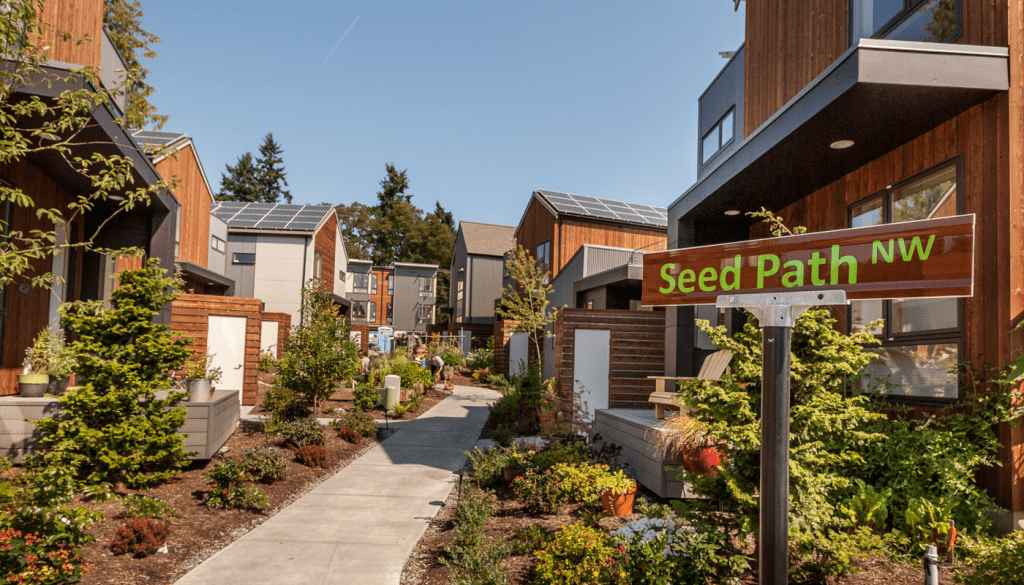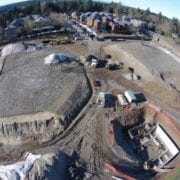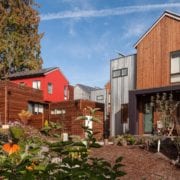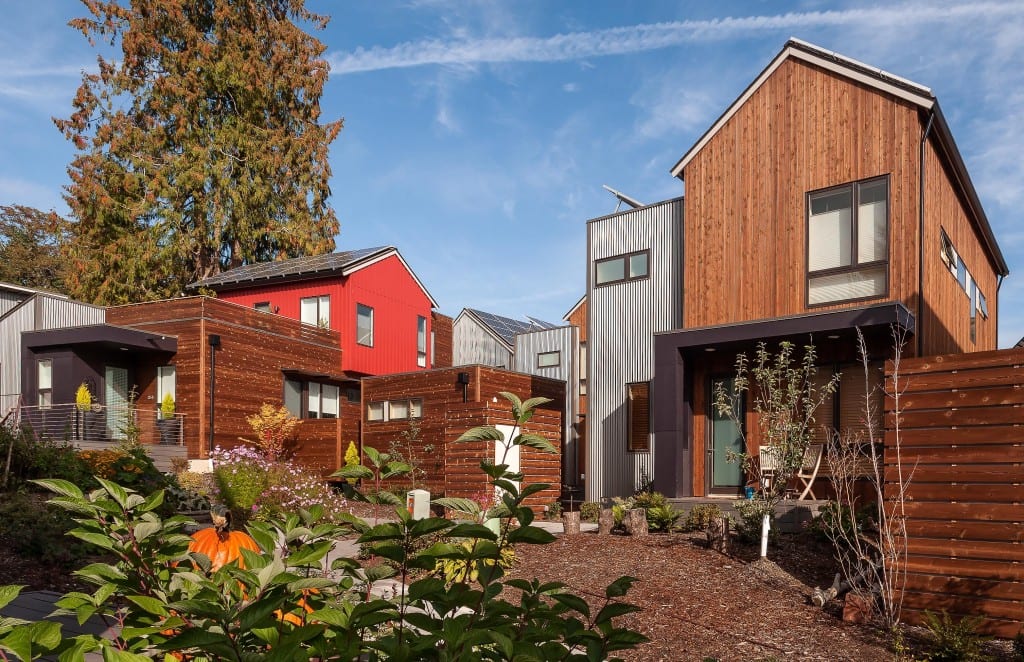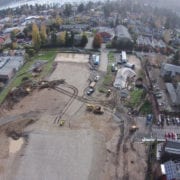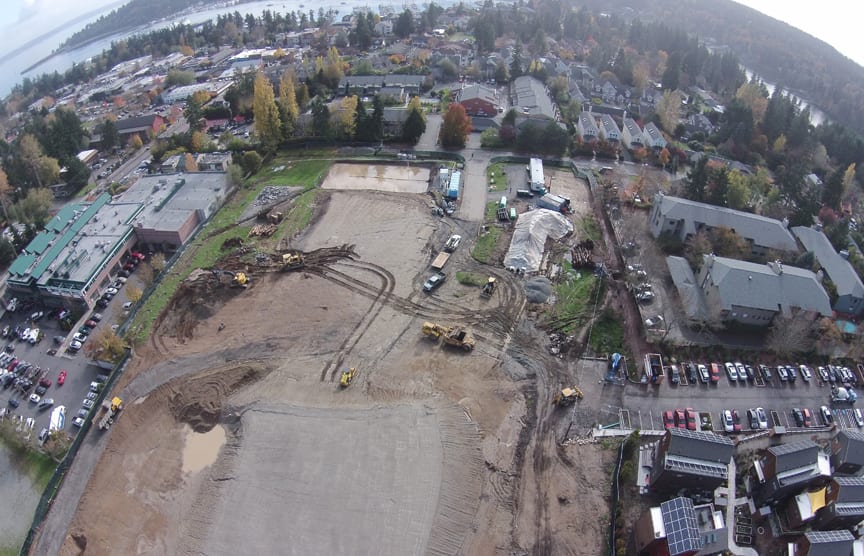Happy Earth Day from Grow Community
We don’t inherit the earth from our ancestors, the Native American proverb goes, we borrow it from our children.
The wellbeing of our planet and the quality of life that we’ll leave to future generations is what Grow Community is all about.
 Every facet of our design, planning and construction asks a simple question: How can we build a healthier, more sustainable community?
Every facet of our design, planning and construction asks a simple question: How can we build a healthier, more sustainable community?
The success of our first neighborhood, the Village, says we’re finding the right answers. Now, as work progresses on our next two phases, the Grove and the Park, word is really getting around.
Over this past year, we were honored to present the community at the Northwest Eco-Building Guild Green Building Slam event. The Urban Land Institute made Grow a prominent waypoint on its roadmap to healthy neighborhoods, the excellent “Building Healthy Places Toolkit.” And we were featured in the new eco-focused publication Conscious Company.
As we reached 100 percent solar participation among our single-family homes in the Village, Solar Builder magazine named Grow one of the nation’s top residential solar installations, and we were named 2014 Home of the Year by Green Builder Magazine.
Perhaps the best accolade of all came from the National Association of Home Builders, who gave Grow its very highest honors – the prestigious Platinum Award and Best In Green Award in the 2014 Best In American Living contest.
We think we’re really on to something – a new model for healthy, sustainable urban living, one that offers the template for new neighborhoods and multi-generational living around the country and the globe.
We’re thinking ahead, and we’re thinking big. At Grow Community, we know we borrow the earth from our children – and we want to return it to them, with interest.
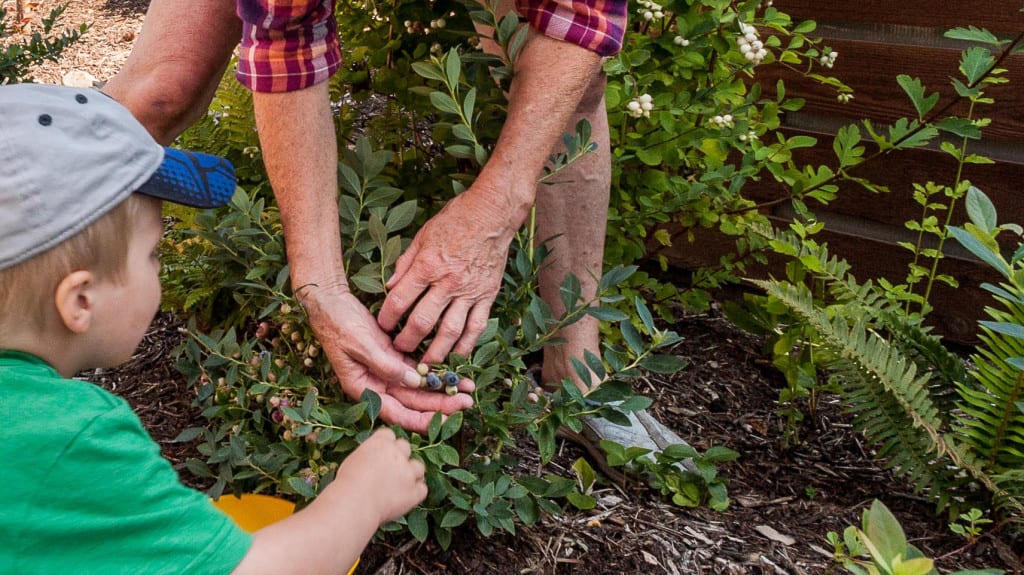


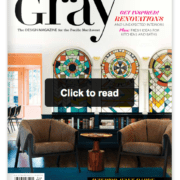
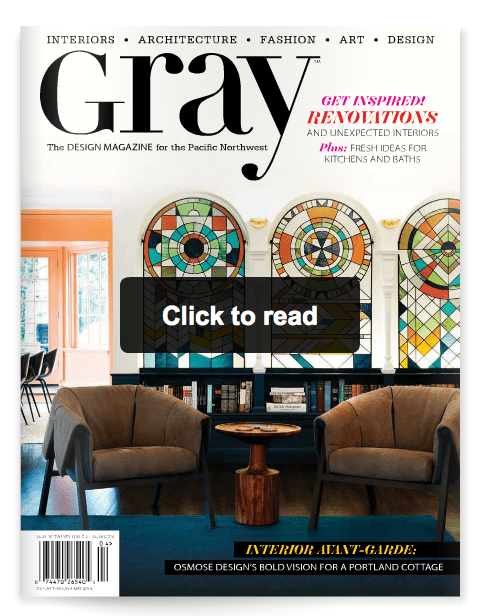 Grow Community and first-phase architect Jonathan Davis are featured in the new edition of Gray magazine.
Grow Community and first-phase architect Jonathan Davis are featured in the new edition of Gray magazine.
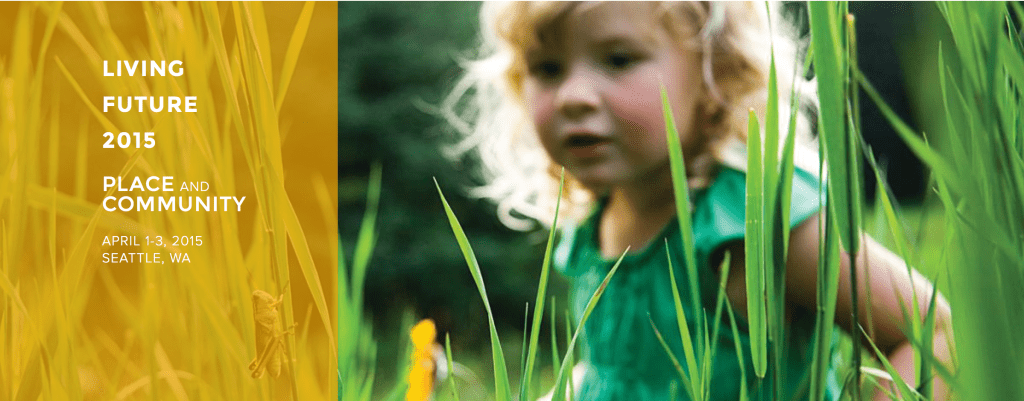
 Jonathan Davis, architect for Grow’s first phase, the Village, and project manager Greg Lotakis will be featured speakers at the conference, which runs April 1-3 at the Sheraton in Seattle.
Jonathan Davis, architect for Grow’s first phase, the Village, and project manager Greg Lotakis will be featured speakers at the conference, which runs April 1-3 at the Sheraton in Seattle.
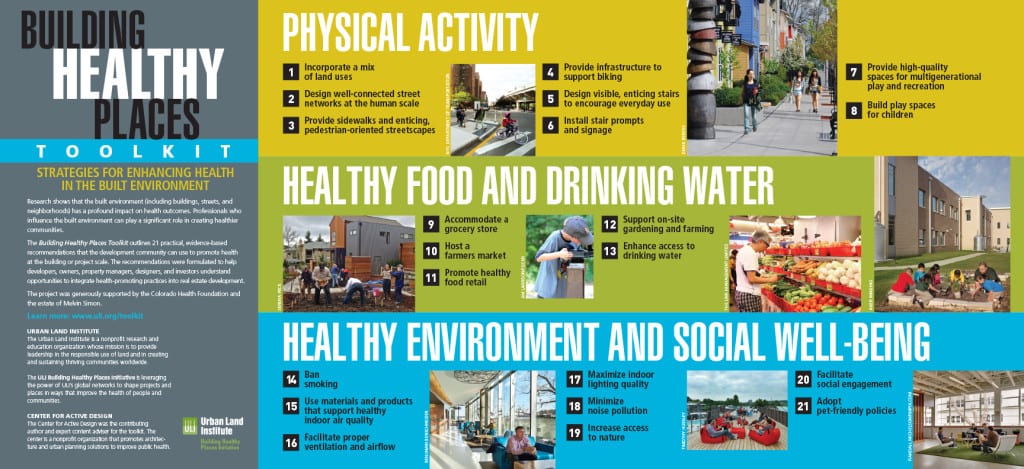
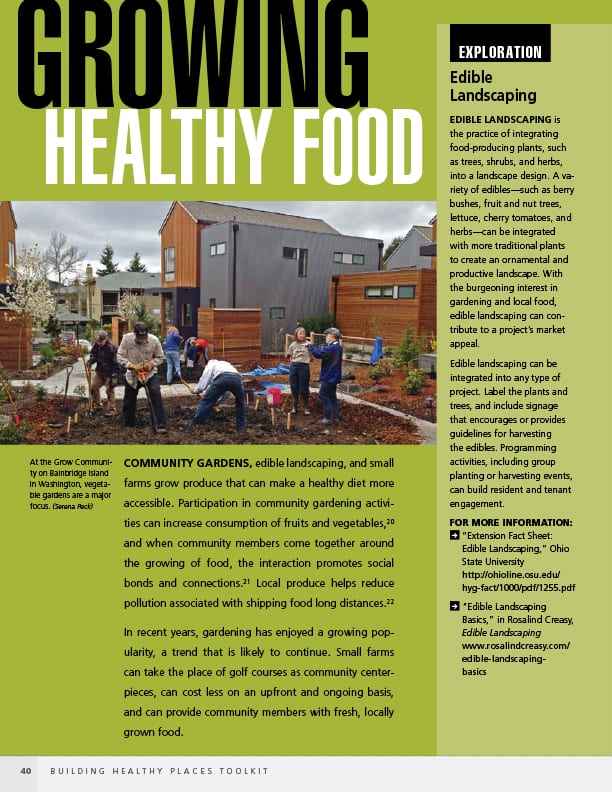
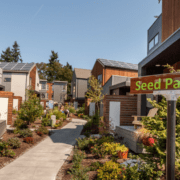
 “It’s an inspiring model of community development and one that we hope will begin to scale throughout the rest of the country,” writes Maren Keeley, whose magazine bills itself as “The Future of Business as Usual.”
“It’s an inspiring model of community development and one that we hope will begin to scale throughout the rest of the country,” writes Maren Keeley, whose magazine bills itself as “The Future of Business as Usual.”